Designer Pierre Charpin commandeers L'Appartement 50 in Marseille's Cité Radieuse
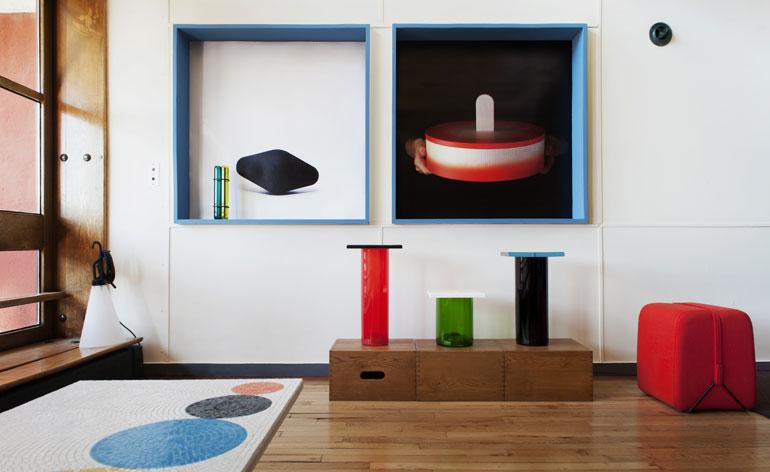
Le Corbusier's Cité Radieuse in Marseille might be best known for MAMO, the building's one-time rooftop gym that was transformed into a contemporary art space by designer Ora Ito last year (W* 169), but several years before its 2013 opening, the iconic apartment complex began playing host to an equally inspired creative endeavour in Appartement N°50.
Privately owned and inhabited by Jean-Marc Drut, the impeccably preserved N°50 is opened to the public biennially when it hosts summer exhibitions from some of the design world's biggest names. These have seen Jasper Morrison (2008), the Bouroullec Brothers (2010), and Konstantin Grcic (2012) pitch up within the original 1952 environs to stage an unconventional installation of their works.
Pierre Charpin is the latest designer to join the ranks. Opening on 15 July, his spatial intervention showcases his past works for Ligne Rosset, Galerie Kreo, Cirva and Post Design, alongside his sketches and drawings. The designer's installation pays special attention to Appartement N°50's architecture, inhabitants and its true to life setting.
Charpin selected pieces - not just his own, but from his predecessors as well - in response to specific characteristics of the apartment. The striking shapes of his 'Mini Eclipse' lamps for Galerie Kreo and saturated hues of glass works for Venini are particularly poetic against original fixtures, such as cabinets and window frames, by Charlotte Perriand and Le Corbusier. Charpin has also carefully referenced the architect's Modular measure system when resizing his linear drawings to fit the space, especially for the occasion.
The exhibition draws people into the heart of the building and adds another layer to the architecture. Drut, a contemporary design fan and also head of European production at Comme des Garçons, put it plainly: 'Real architecture has to be experienced from the inside, in my opinion. The Cité Radieuse is an iconic building, but the complex layout of the apartments is unknown to many visitors. The apartment is in such perfect condition that I wanted to share it with people interested in Le Corbusier architecture.'
Using the apartment to stage exhibitions was also a natural idea for Drut, who visited all of Le Corbusier's Unité d'Habitation in order to purchase an apartment in one of these iconic buildings. 'Such a place could be frozen like a museum-display, but I felt it would be more interesting to re-activate it with contemporary design,' he explained. 'Opening my door to visitors was going to be an interesting experience for me, so the idea of changing settings came along.'
Since the first exposition in 2008 when Drut invited Jasper Morrison to take over the space, the exhibition series has developed freely with each participating designer inviting his successor. There are only two things for designers to bear in mind: no alterations can be made to the space, and that Drut and his husband live in the apartment and hence, the installation, during its duration.
It was this last consideration that particularly attracted Pierre Charpin. 'I liked the idea that the apartment should still be lived in and that the installation was not just an exhibition. To formulate the concept, I decided to go there and spend four days. Because the couple spend the summer in this space, I wanted to created a colourful and pleasant ambience for them.'
The result is an inspired mix of objects and drawings that mix the iconic and the contemporary. The exhibition activates the space, throwing new light on the apartment's spatial complexity and making the experience of visiting this classified historic monument all the more immersive.
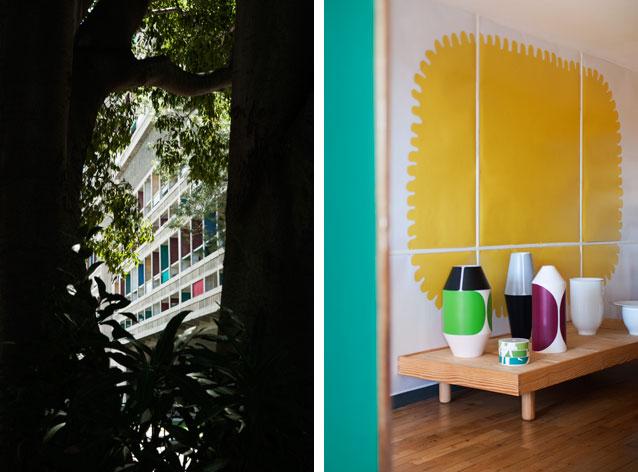
Left: A glimpse of the iconic facade of Cité Radieuse, designed by Le Corbusier in Marseille. Right: A colourful assortment of ceramics prototype near the new shapes by Charpin for Manufacture Nationale de Sévres.
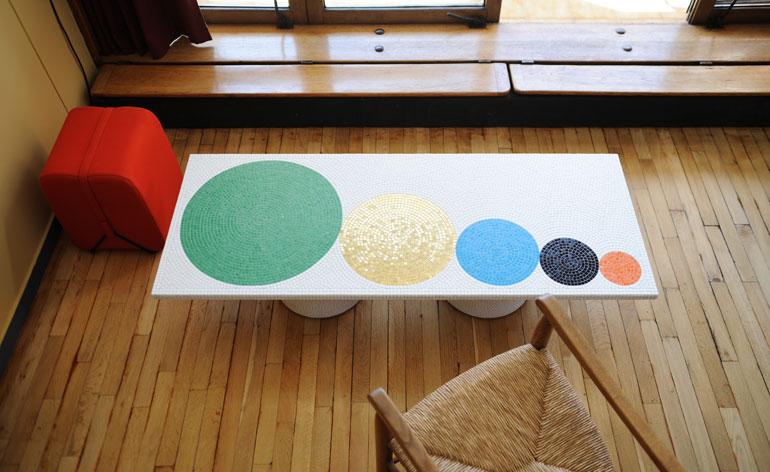
A close-up of Ligne Roset's 'Mobidec' footstool and Galerie Kreo's 'Crescendo' coffee table.
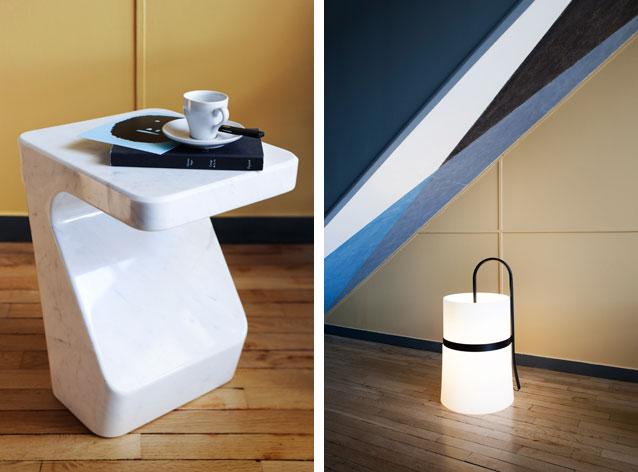
Left: A glimpse of the iconic facade of Cité Radieuse, designed by Le Corbusier in Marseille. Right: A colourful assortment of ceramics prototype near the new shapes by Charpin for Manufacture Nationale de Sévres.
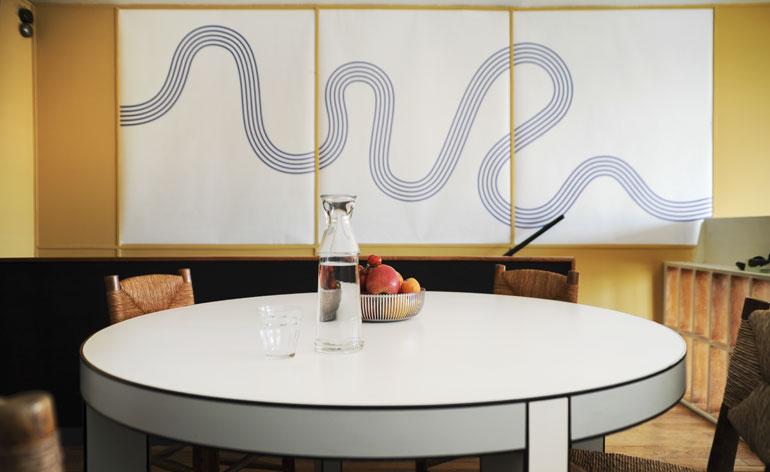
A wall adorned with Pierre Charpin's signature prints.
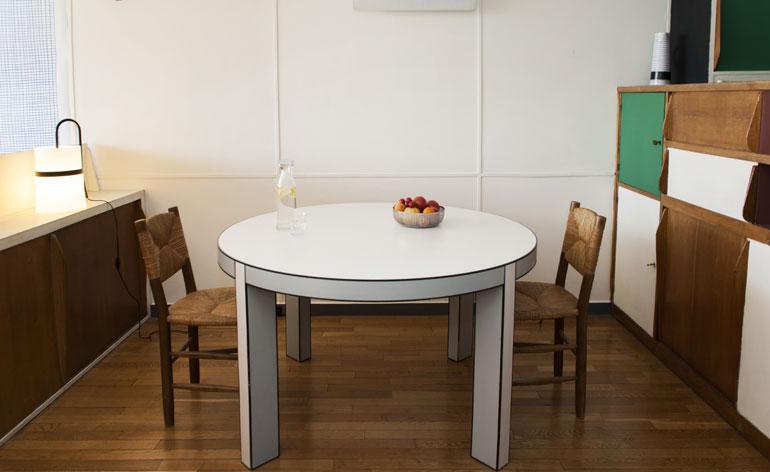
Charpin's 'Lina Mosta Di Mobile' table for Post Design is a worthy complement to the apartment's original cabinetry.
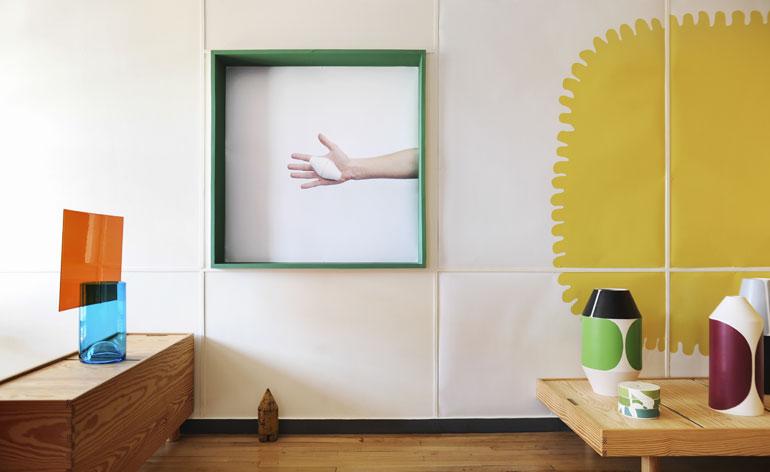
Charpin arranged pieces in response to specific characteristics of the apartment. Here, an assortment of ceramics and vases bring a colourful touch to the iconic mid-century modern space.
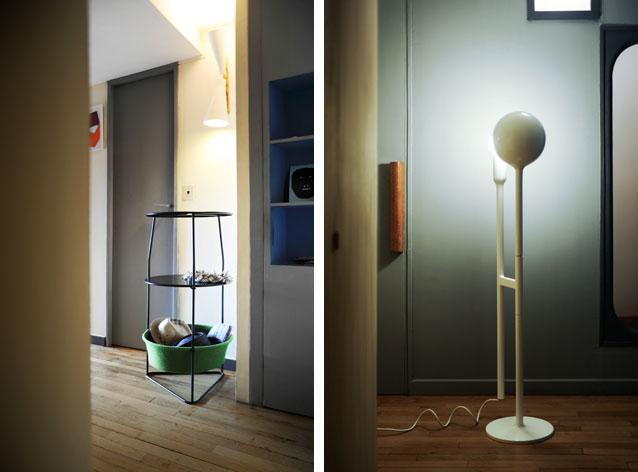
Left: Charpin's 'Zana' side table for Ligne Roset. Right: The designer's 'Mini Eclipse' standing lamp for Galerie Kreo.
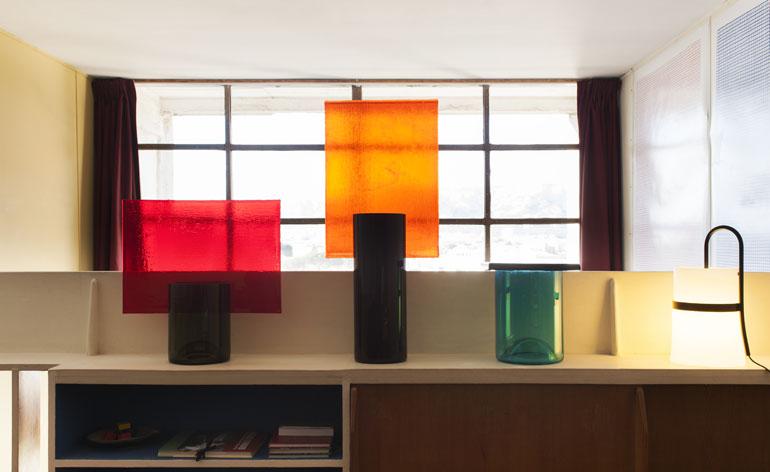
'Ecrans' and 'Lisses' vases for Cirva.
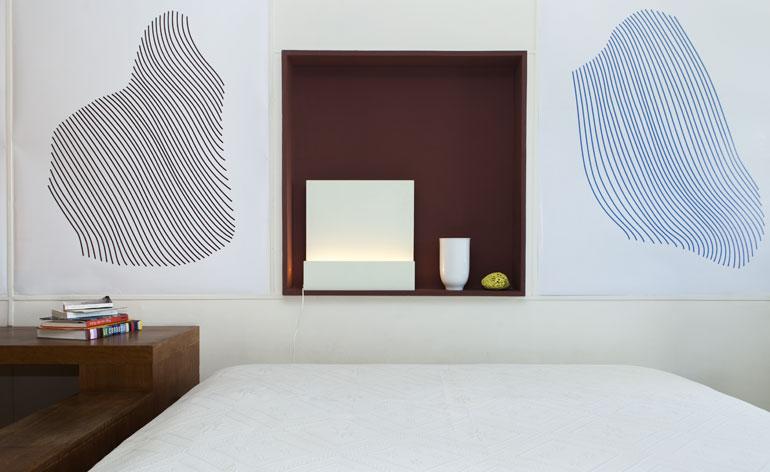
The bedroom features original prints by the designer, his table lamp for Galerie Kreo and a porcelain cup for Manufacture Nationale de Sévres.
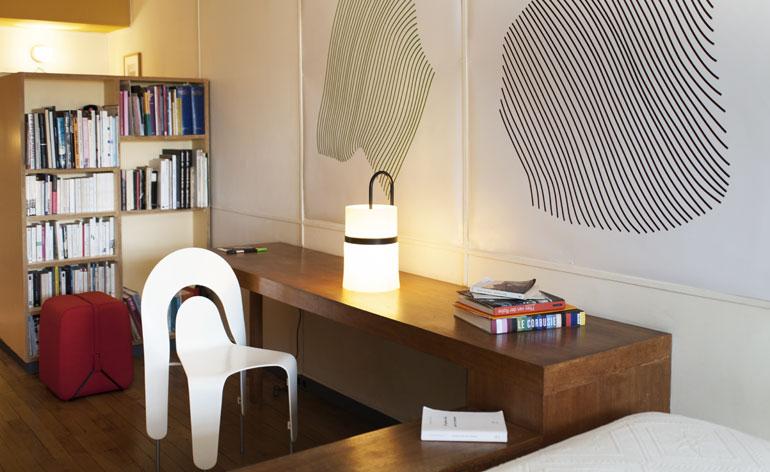
Charpin's installation is not simply for the purposes of an exhibition - the apartment's owner, Jean-Marc Drut, and his husband will live in the apartment for the show's duration
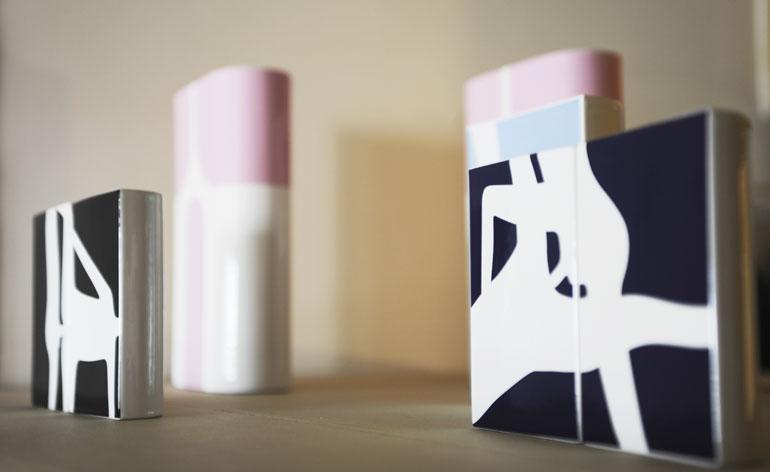
The designer's provocative 'Ceram-X' vases for Craft.
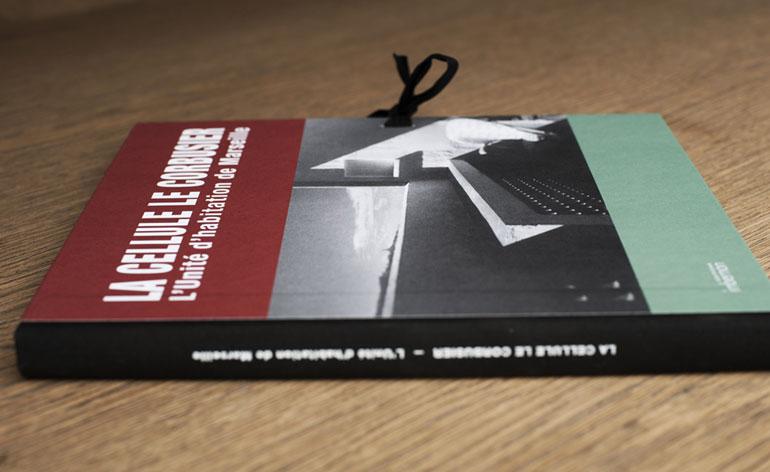
Appartement N°50 is the subject of the book, 'La Cellule Le Corbusier', published in 2013.
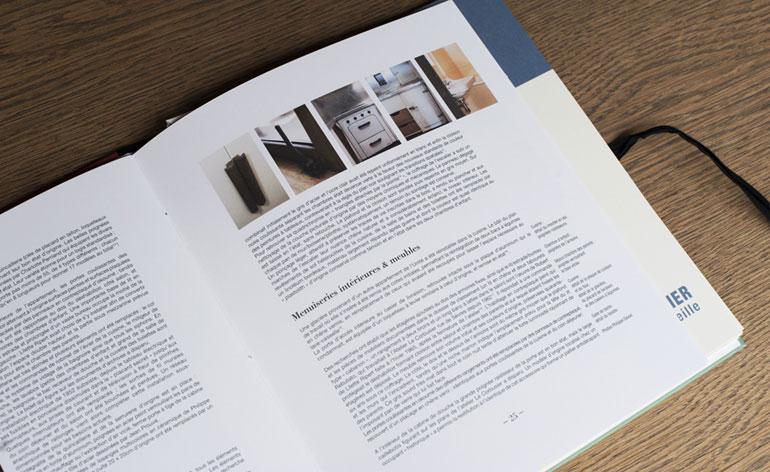
Pages from 'La Cellule Le Corbusier', initiated by Drut, featuring many photographs of the fully restored apartment.
Address
Unité d'Habitation
280 Boulevard Michelet
Marseille
Wallpaper* Newsletter
Receive our daily digest of inspiration, escapism and design stories from around the world direct to your inbox.
Pei-Ru Keh is a former US Editor at Wallpaper*. Born and raised in Singapore, she has been a New Yorker since 2013. Pei-Ru held various titles at Wallpaper* between 2007 and 2023. She reports on design, tech, art, architecture, fashion, beauty and lifestyle happenings in the United States, both in print and digitally. Pei-Ru took a key role in championing diversity and representation within Wallpaper's content pillars, actively seeking out stories that reflect a wide range of perspectives. She lives in Brooklyn with her husband and two children, and is currently learning how to drive.
-
 Maserati joins forces with Giorgetti for a turbo-charged relationship
Maserati joins forces with Giorgetti for a turbo-charged relationshipAnnouncing their marriage during Milan Design Week, the brands unveiled a collection, a car and a long term commitment
By Hugo Macdonald
-
 Through an innovative new training program, Poltrona Frau aims to safeguard Italian craft
Through an innovative new training program, Poltrona Frau aims to safeguard Italian craftThe heritage furniture manufacturer is training a new generation of leather artisans
By Cristina Kiran Piotti
-
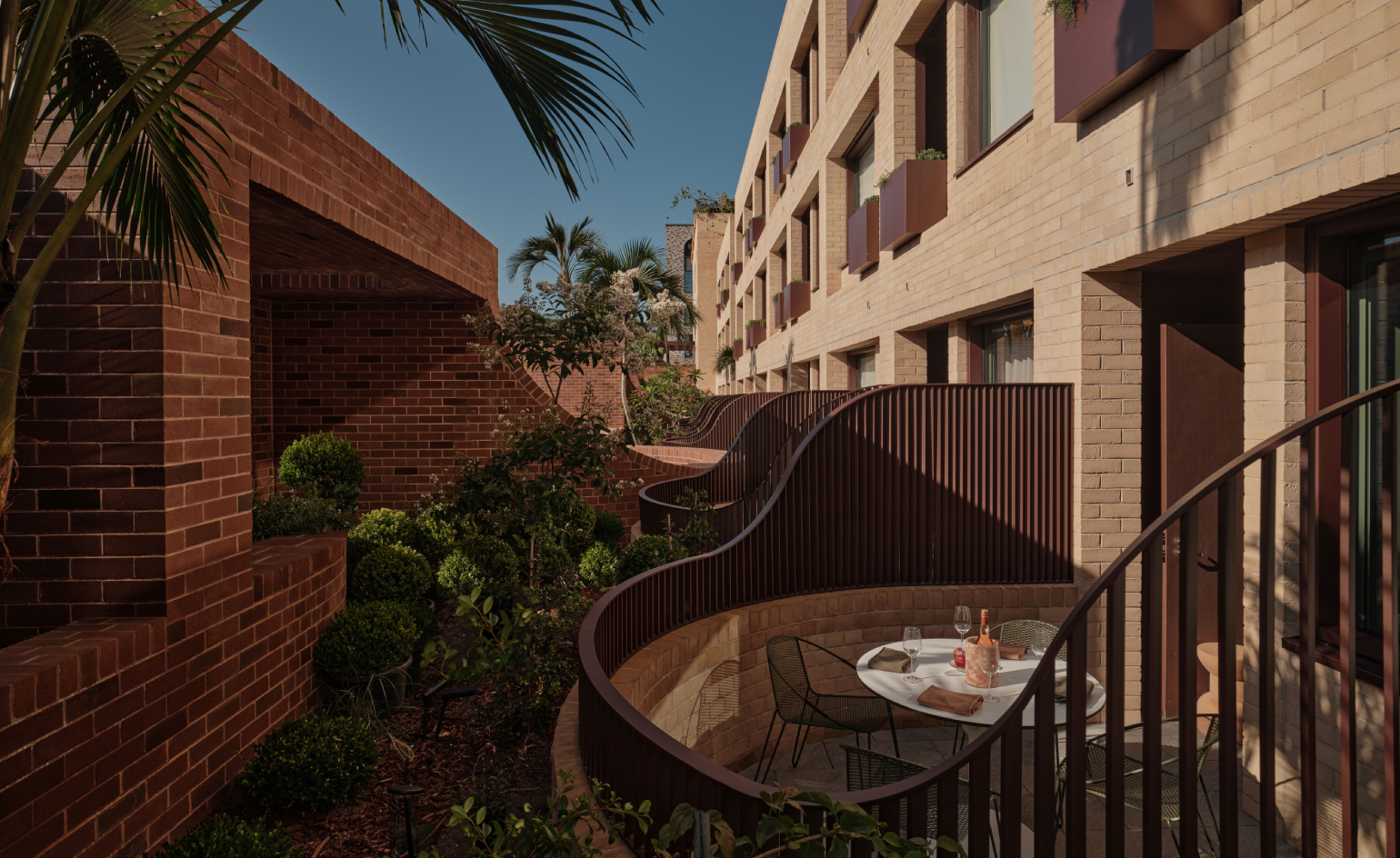 Wallpaper* checks in at The Eve Hotel Sydney: a lush urban escape
Wallpaper* checks in at The Eve Hotel Sydney: a lush urban escapeA new Sydney hotel makes a bold and biophilic addition to a buzzing neighbourhood that’s on the up
By Kee Foong
-
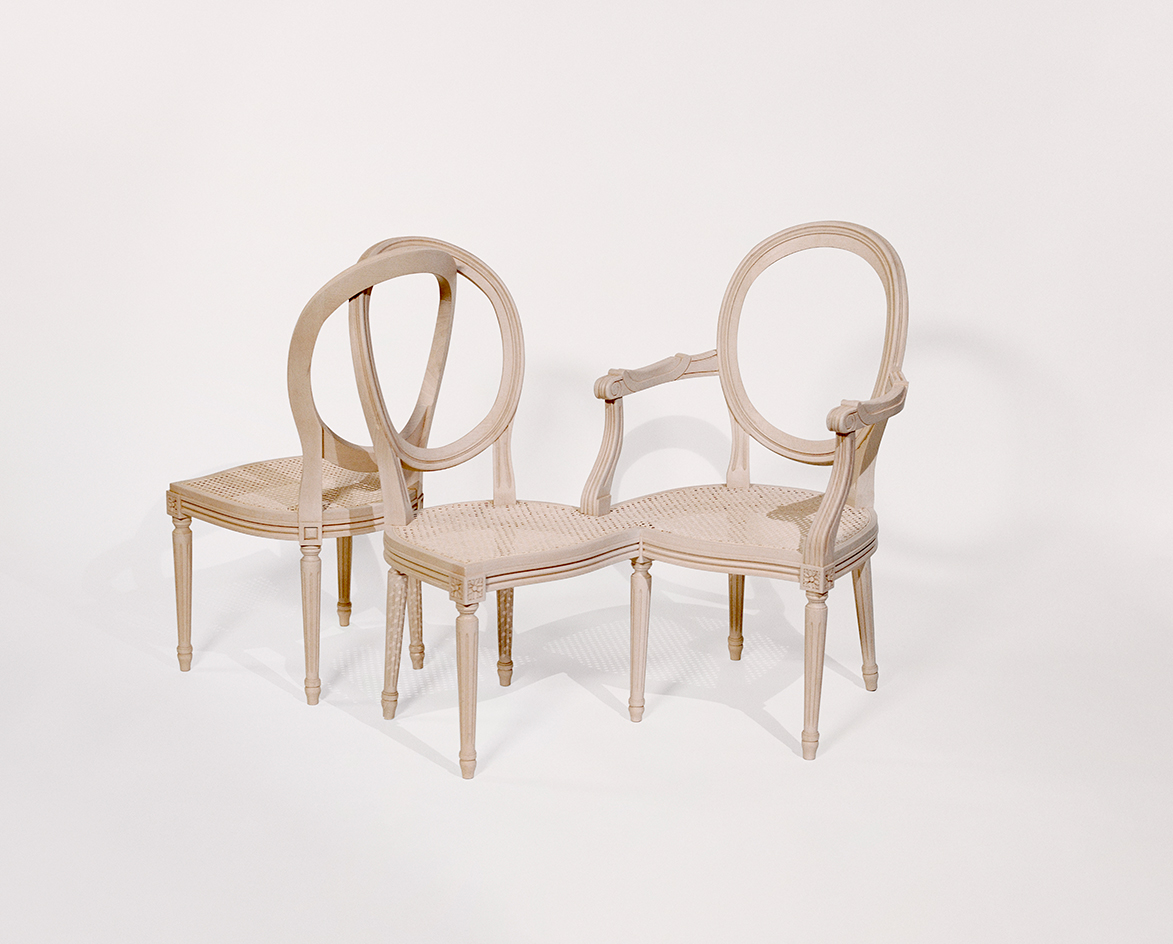 17 designers and artists reinterpret Dior's ‘Medallion’ chair
17 designers and artists reinterpret Dior's ‘Medallion’ chairThe Dior ‘Medallion’ chair project marks the French maison's most significant presence at Milan’s Salone del Mobile to date
By Nick Vinson - Art Direction
-
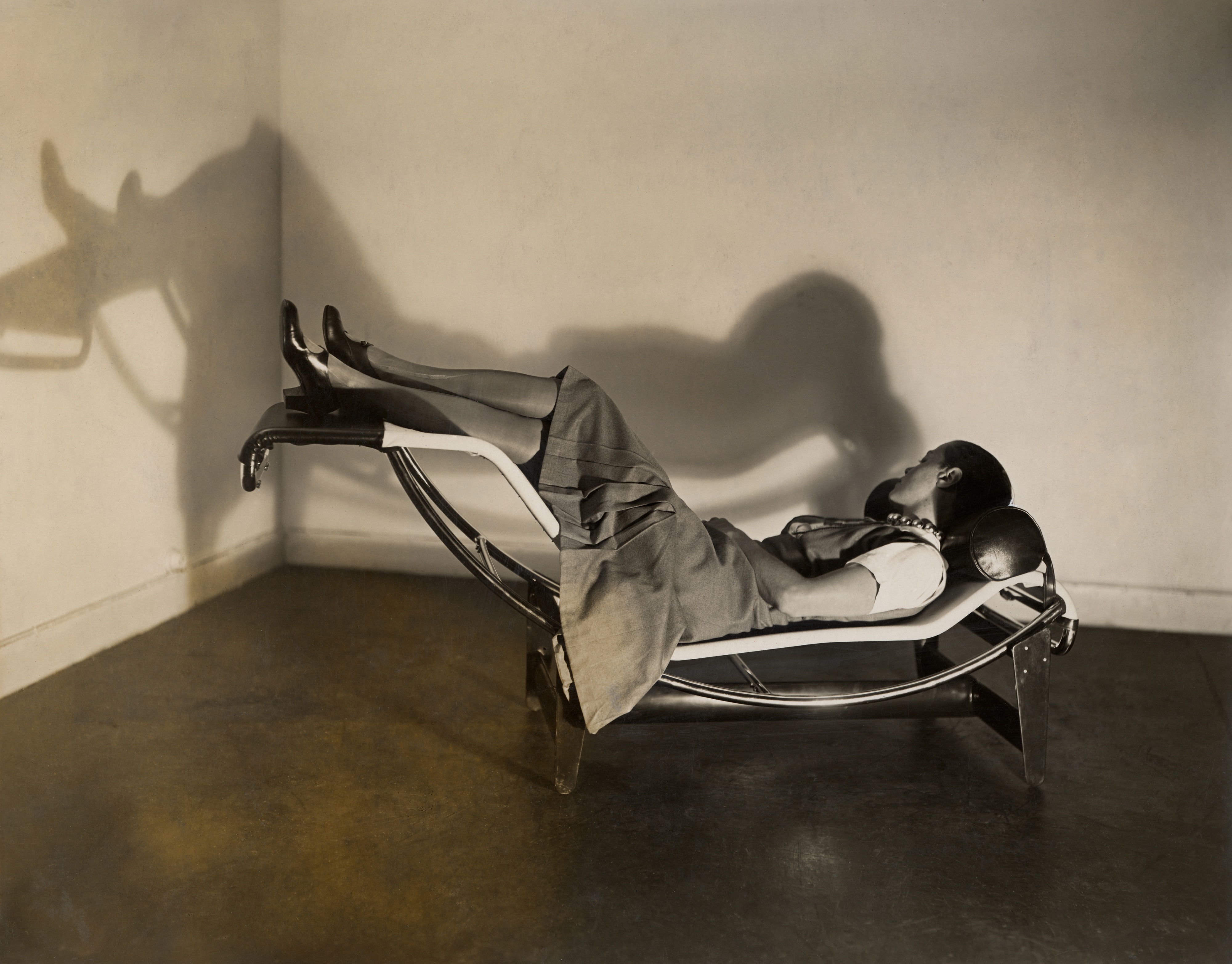 Charlotte Perriand’s life and work explored at London’s Design Museum
Charlotte Perriand’s life and work explored at London’s Design MuseumLondon’s Design Museum presents ‘Charlotte Perriand: The Modern Life’, an exhibition turned the spotlight on one of the most iconic creators of the 20th century
By Rosa Bertoli
-
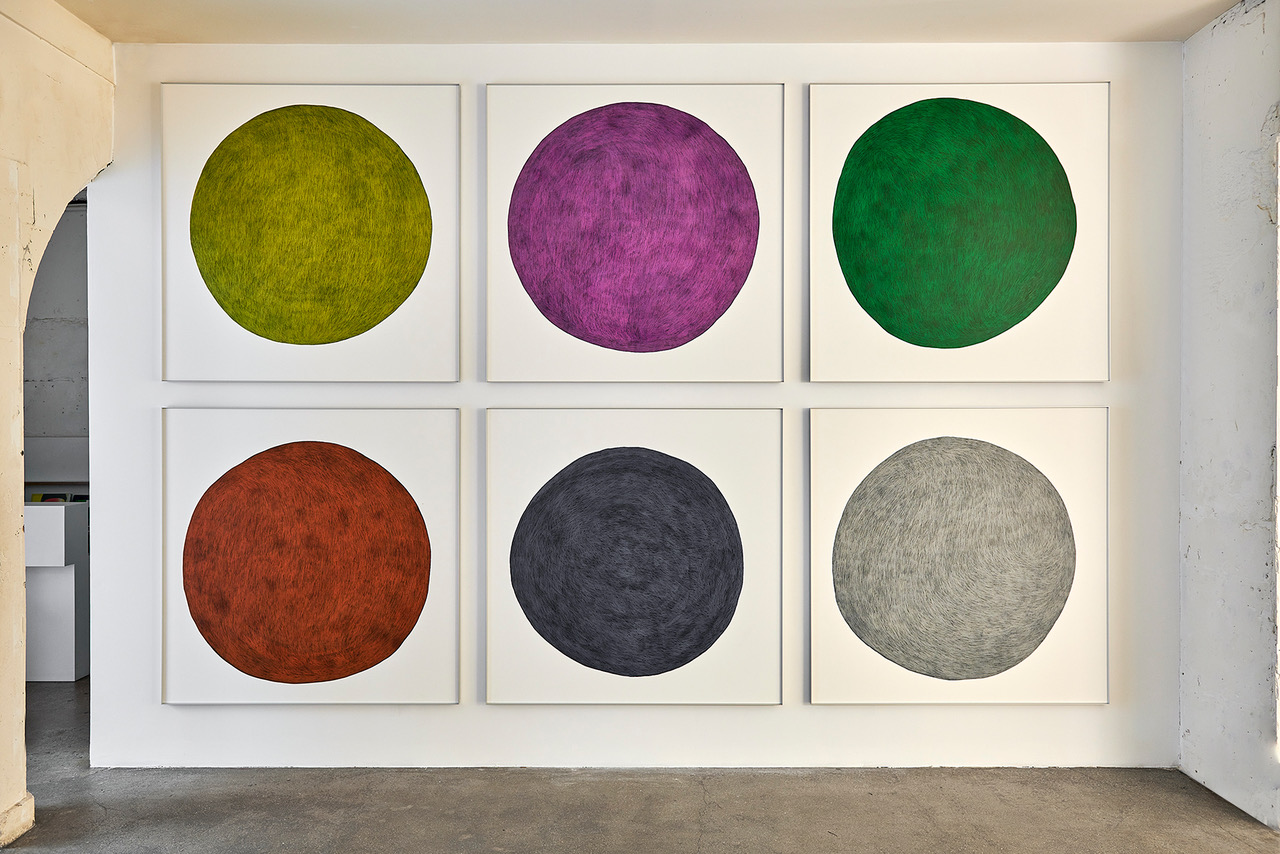 Virtually experience the shapes and colours of Pierre Charpin
Virtually experience the shapes and colours of Pierre CharpinTake a digital 3D tour of Pierre Charpin’s show ‘Similitude(s)’ at Paris’ Galerie Kreo that explores colour and geometry
By Ali Morris
-
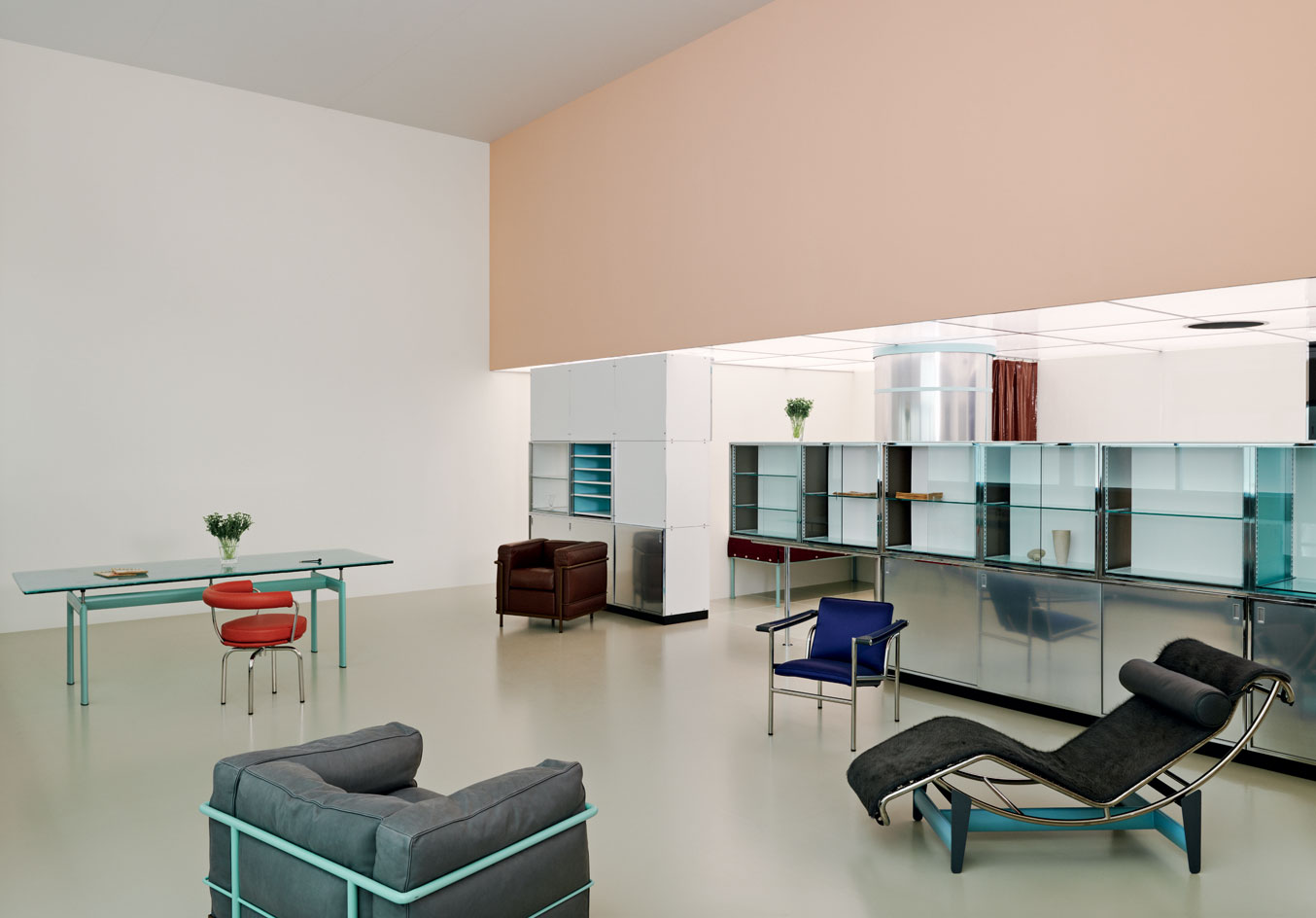 Make yourself at home with the works of Charlotte Perriand at Foundation Louis Vuitton
Make yourself at home with the works of Charlotte Perriand at Foundation Louis VuittonSee the full shoot in our October 2019 issue (W*247), on newsstands now
By Nick Vinson - Art Direction
-
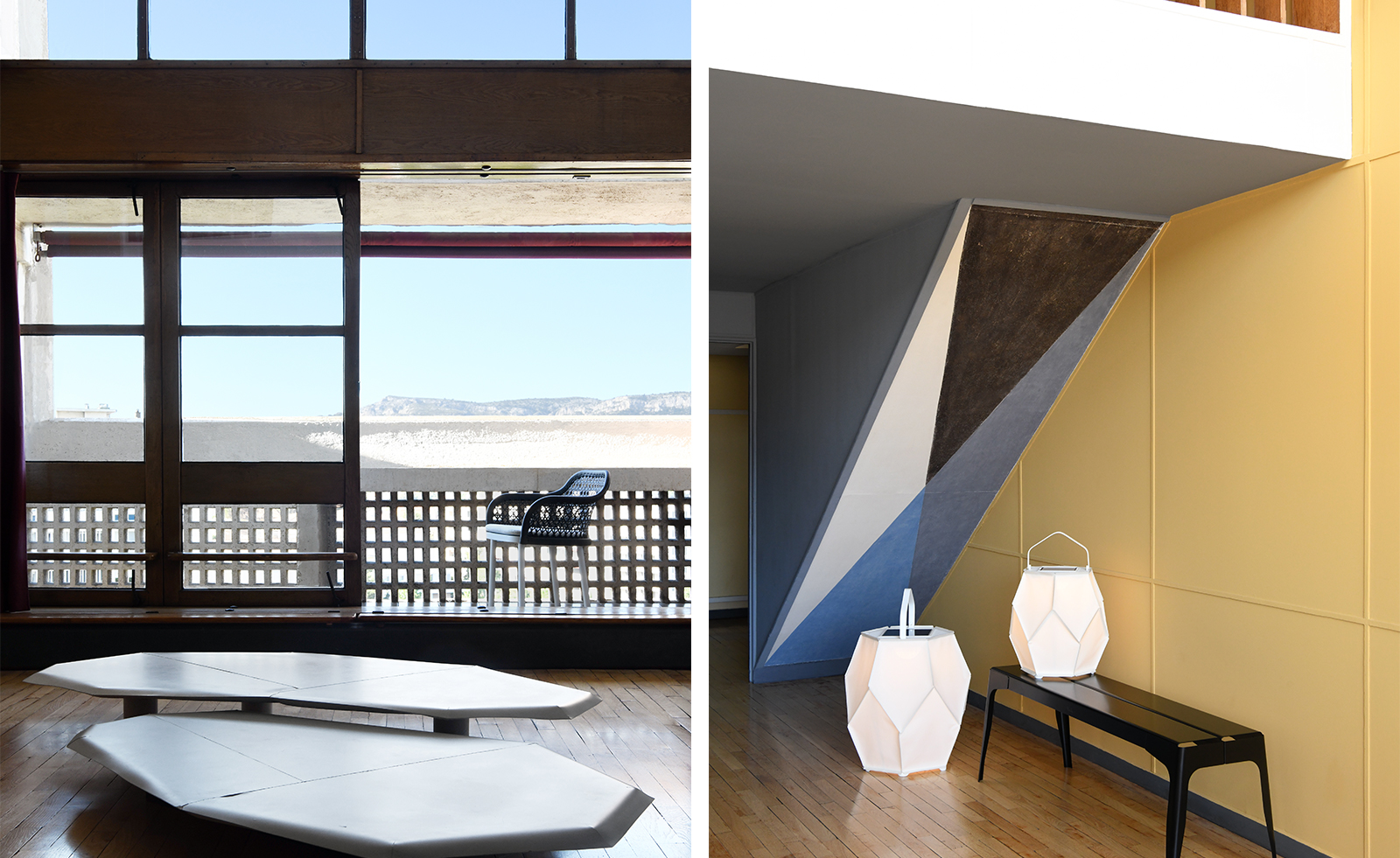 Apartment N°50 in Le Corbusier’s brutalist Cité Radieuse get its interior design makeover
Apartment N°50 in Le Corbusier’s brutalist Cité Radieuse get its interior design makeoverBy Ali Morris
-
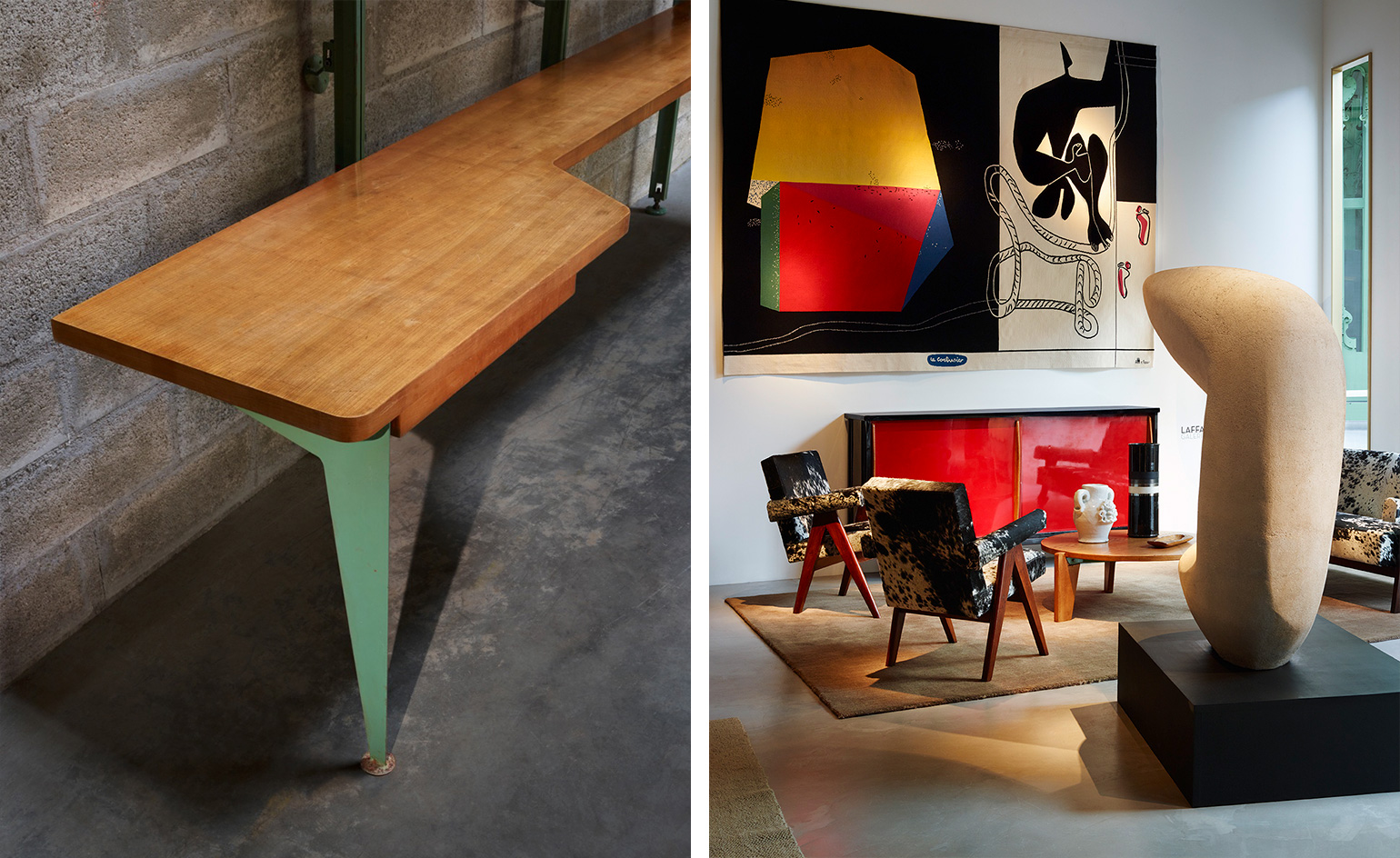 From Perriand to Prouvé, François Laffanour sets the stage for a masterclass in modernism
From Perriand to Prouvé, François Laffanour sets the stage for a masterclass in modernismBy Amy Verner
-
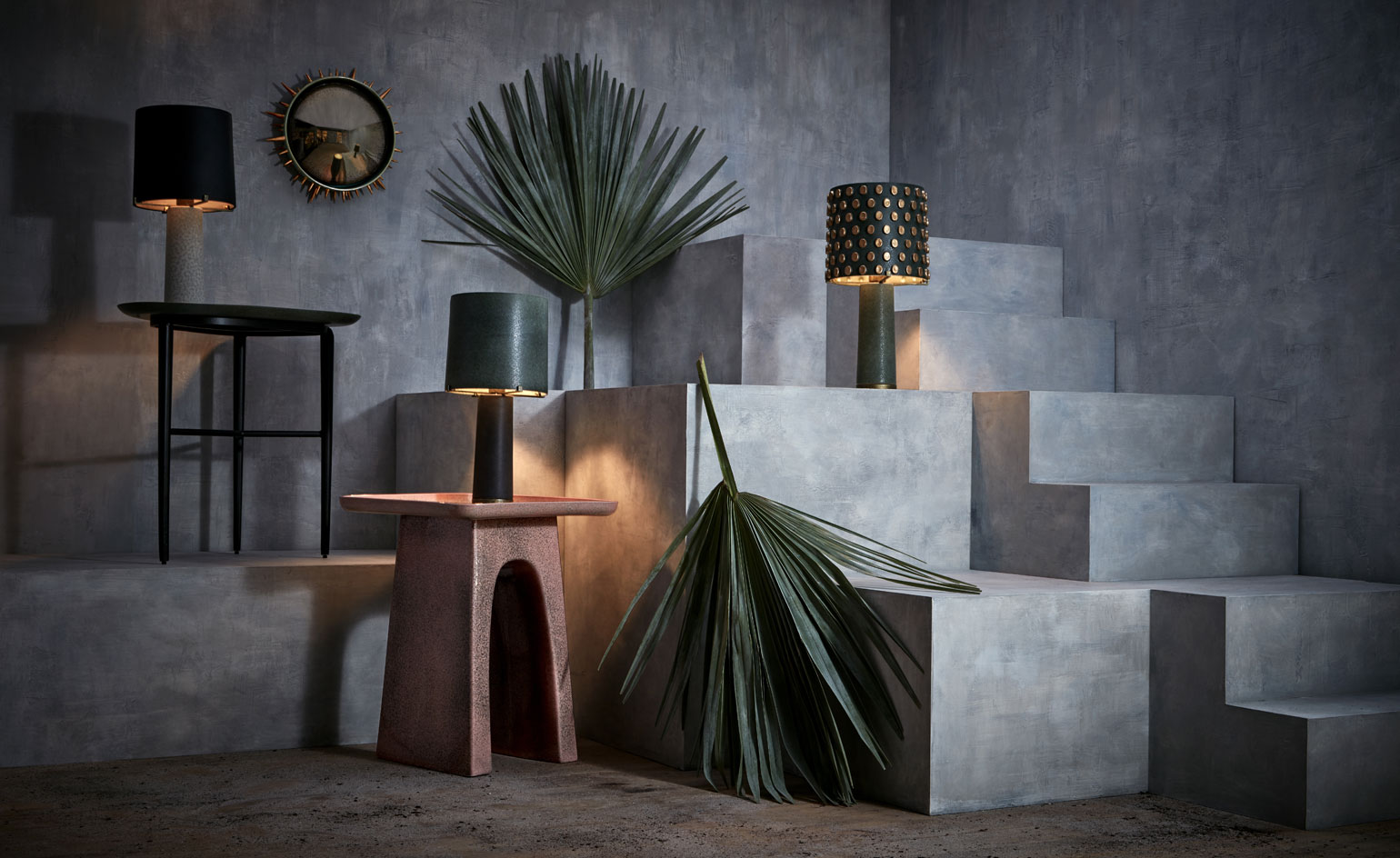 Maison et Objet 2017: confetti & antique surfaces prevail at the Paris fair
Maison et Objet 2017: confetti & antique surfaces prevail at the Paris fairBy Emma Moore
-
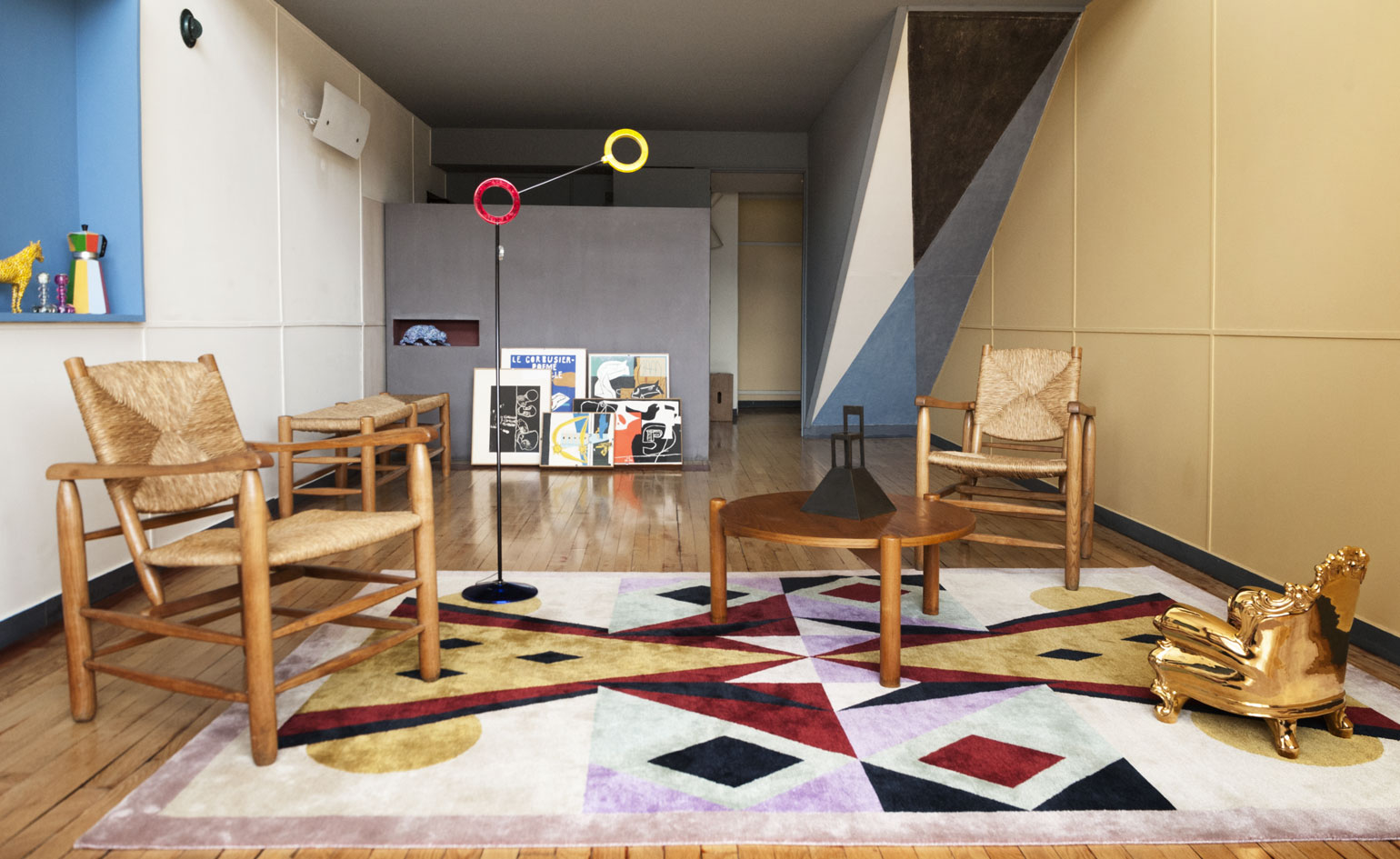 Alessandro Mendini vibrantly transforms the Le Corbusier Appartement No.50
Alessandro Mendini vibrantly transforms the Le Corbusier Appartement No.50By Sujata Burman